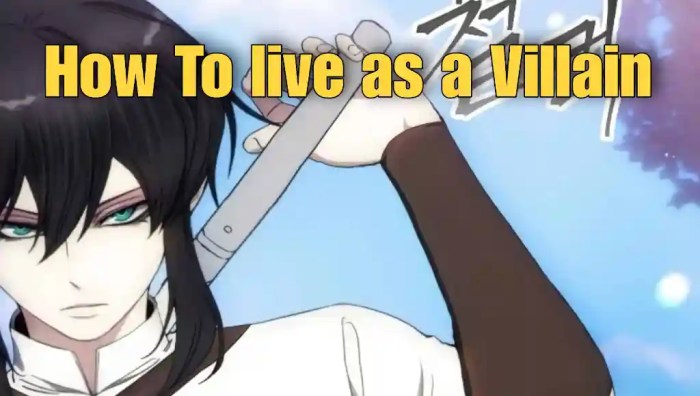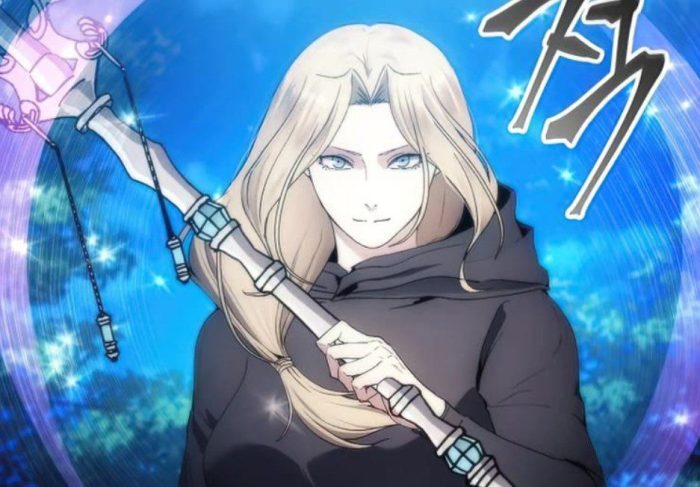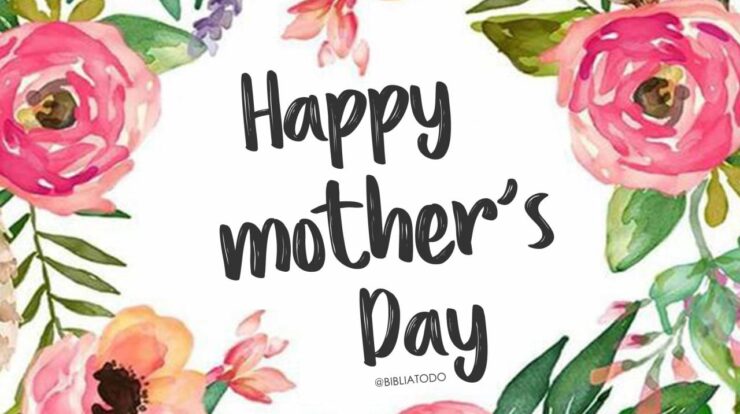
How to live as a villain ch 94 – In the intriguing world of villains, Chapter 94 of “How to Live as a Villain” offers a captivating exploration of the villain’s mindset, strategies, and the consequences of their actions. Embark on a journey into the dark and fascinating realm of villainy, where we uncover the motivations, tactics, and moral dilemmas that shape these enigmatic characters.
Delving into the complexities of the villain’s role, this chapter provides insights into their motivations, advantages, and disadvantages. We’ll examine iconic villains and their cunning strategies, while also exploring the challenges and pitfalls they face. Additionally, we’ll delve into the hero’s response, comparing their strengths and weaknesses to those of the villain.
The Villain’s Mindset

In this chapter, we dive into the motivations and characteristics that define the villain’s mindset. Being a villain offers both advantages and disadvantages, and it’s crucial to understand the dynamics that shape their actions.
In “How to Live as a Villain” Ch 94, the protagonist encounters a cunning adversary who employs unorthodox tactics. While seeking strategies to outwit their foe, they stumble upon an unexpected resource: how to cure gum disease without a dentist . This unconventional knowledge proves invaluable, as it provides insights into the adversary’s psychological vulnerabilities and allows the protagonist to adapt their own tactics accordingly, ensuring their victory in the ensuing confrontation.
Villains often possess an unwavering belief in their own superiority, a thirst for power, and a desire to reshape the world according to their will. They may harbor a deep-seated resentment or grievance that fuels their actions, driving them to seek revenge or disrupt societal norms.
Iconic Villains and Their Tactics
Throughout history, literature, and popular culture, iconic villains have left an indelible mark. These characters embody the archetypal traits of villainy and employ various tactics to achieve their goals.
As you progress through the thrilling chapters of “How to Live as a Villain” (ch 94), don’t forget to take care of your oral health. If gum disease is plaguing you, consider exploring how to cure gum disease without a dentist . By addressing this issue, you can return to the villainous adventures in “How to Live as a Villain” (ch 94) with a refreshed and confident smile.
- Darth Vader (Star Wars):A powerful Sith Lord driven by ambition and a desire for order, Vader utilizes his mastery of the Force and lightsaber skills to impose his will.
- The Joker (Batman):A chaotic and unpredictable villain, the Joker thrives on creating anarchy and terror. His tactics often involve psychological manipulation, explosives, and a twisted sense of humor.
- Thanos (Marvel Cinematic Universe):Driven by a misguided belief in saving the universe, Thanos wields the Infinity Stones to achieve his goal of eliminating half of all life.
Villainous Strategies

In the realm of villainy, meticulous planning and cunning execution are paramount. Villains must employ strategies that maximize their chances of success while minimizing potential pitfalls.
To achieve their nefarious goals, villains must anticipate and overcome obstacles. They must also design intricate plots that account for contingencies and exploit vulnerabilities.
Identifying and Overcoming Pitfalls
- Overconfidence:Villains who underestimate their adversaries or become complacent often fall victim to unexpected setbacks.
- Lack of Patience:Villains who rush their plans or make impulsive decisions risk exposing their weaknesses and jeopardizing their entire operation.
- Moral Dilemmas:Even the most hardened villains may encounter moral conflicts that challenge their resolve and potentially compromise their objectives.
Hypothetical Villainous Plot
Consider the following hypothetical villainous plot:
Villain:Dr. Malevolus, a brilliant scientist with a grudge against society.
Objective:To unleash a deadly virus that will wipe out a major city.
Strategy:
- Infiltrate a research facility and steal the virus.
- Create a network of accomplices to distribute the virus throughout the city.
- Establish a false alibi to deflect suspicion.
Potential Outcomes:
In “How to Live as a Villain” Chapter 94, the protagonist faces a new challenge. To overcome it, they must seek knowledge beyond their current abilities. Like the article on how to cure gum disease without a dentist , they must explore unconventional methods to achieve their goals.
Armed with this newfound knowledge, they can return to their villainous quest with renewed vigor and cunning.
- Success:Dr. Malevolus succeeds in unleashing the virus, causing widespread panic and chaos.
- Failure:Dr. Malevolus is apprehended by law enforcement before he can carry out his plan.
- Unintended Consequences:The virus mutates and becomes even more deadly, threatening the entire world.
The Hero’s Response
Upon witnessing the villain’s malicious schemes, the hero rises to meet the challenge. The hero’s unwavering determination and resolute sense of justice propel them into action, as they strive to thwart the villain’s wicked designs and restore balance to the world.
The hero possesses a unique set of strengths that enable them to combat the villain’s malevolence. Their unwavering courage and indomitable will serve as a beacon of hope in the face of adversity. They possess extraordinary abilities, honed through rigorous training and unwavering dedication, which they wield skillfully to neutralize the villain’s treacherous plots.
Comparative Analysis
A comparative analysis of the hero and villain reveals both striking similarities and fundamental differences in their abilities and motivations. Both possess formidable powers and unwavering resolve, yet their paths diverge drastically. The hero’s unwavering commitment to justice and the preservation of life contrasts sharply with the villain’s pursuit of power and domination.
The hero’s abilities are primarily geared towards protecting the innocent and upholding the greater good. Their powers often manifest as a force of healing, defense, and restoration, empowering them to mend wounds, shield others from harm, and restore hope in the face of despair.
In contrast, the villain’s abilities tend to be destructive and manipulative in nature. They wield their powers for personal gain, seeking to control, dominate, and instill fear. Their powers may manifest as offensive capabilities, enabling them to inflict pain, manipulate minds, and disrupt the fabric of reality.
While both the hero and villain possess extraordinary abilities, their motivations ultimately define their actions. The hero’s unwavering dedication to justice and the preservation of life sets them apart from the villain’s selfish pursuit of power and domination. Their contrasting motivations drive their actions and shape the choices they make, ultimately determining the outcome of their epic struggle.
Moral Dilemmas
Villainous actions often raise ethical concerns, challenging societal norms and the boundaries of right and wrong. The consequences of a villain’s choices can ripple through innocent lives, blurring the lines between hero and villain.
Impact on Innocent Lives
Villainous schemes can have devastating effects on unsuspecting individuals. Collateral damage, unintended harm, and the manipulation of innocent lives are common occurrences. Villains must grapple with the moral weight of their actions, as their pursuit of power or vengeance often comes at the expense of others.
Blurred Lines
In certain situations, the distinction between hero and villain becomes ambiguous. When faced with impossible choices or moral dilemmas, even the most virtuous individuals may resort to questionable tactics. The pursuit of a greater good can sometimes justify morally ambiguous actions, leading to a gray area where the traditional definitions of hero and villain no longer apply.
The Aftermath
The villain’s actions have left a profound impact on the world. The once-peaceful kingdom is now in ruins, and its people are struggling to rebuild their lives. The villain’s reign of terror has caused widespread suffering and destruction, and it will take years for the kingdom to recover.
The villain’s actions have also had a significant impact on the hero. The hero has been forced to confront the darkness within himself in order to defeat the villain, and this has taken a heavy toll on his psyche. The hero is now struggling to come to terms with the violence he has committed, and he is unsure of his place in the world.
Potential for Redemption or Rehabilitation, How to live as a villain ch 94
The question of whether or not the villain can be redeemed or rehabilitated is a complex one. The villain has committed terrible crimes, but he may also have been driven by circumstances beyond his control. Ultimately, the decision of whether or not to forgive the villain is up to the hero.
Speculative Ending
The chapter could end in a number of different ways. The villain could be defeated and imprisoned, or he could escape and continue his reign of terror. The hero could choose to forgive the villain, or he could choose to exact revenge.
Ultimately, the ending of the chapter is up to the author.
Ultimate Conclusion

As the chapter concludes, we’ll explore the ethical implications of the villain’s actions and their impact on innocent lives. We’ll discuss the potential for redemption or rehabilitation, and speculate on the various outcomes that await the characters involved. Join us as we navigate the intricate web of villainy and its far-reaching consequences.
Popular Questions: How To Live As A Villain Ch 94
What are the key characteristics of a villain?
Villains are often driven by a desire for power, revenge, or chaos. They may possess traits such as ruthlessness, cunning, and a disregard for morality.
What are some common strategies used by villains?
Villains may employ deception, manipulation, and violence to achieve their goals. They often have a knack for exploiting weaknesses and turning situations to their advantage.
How do heroes typically respond to villains?
Heroes are often motivated by a sense of justice and a desire to protect the innocent. They may use their strength, intelligence, or special abilities to combat villains and restore order.
What are some ethical dilemmas that villains face?
Villains may struggle with the consequences of their actions and the impact they have on others. They may question their own motives and the morality of their choices.
Can villains be redeemed or rehabilitated?
The possibility of redemption or rehabilitation for villains depends on the individual character and the circumstances. Some villains may find a path to redemption, while others may remain irredeemable.





